They say, ‘what’s within is what makes you shine than what’s outside’. This holds true for not only the metaphorical aspects of life, but also in buying fabrics.
Would you buy an apparel by just its color and no heed to the size, fit and pattern?
Or a technical product without checking for its features? No, right?
Pretty much the same applies to buying fabrics online. It isn’t just about picking up the most interesting and attractively printed piece. If you want your garment or accessory to have a great quality and stand-out appeal, it’s numerous factors to be taken into account before making that final choice.
1. Weight
Weight is a great determinator of the comfort of nearly anything as it does for fabric. And we all know, extra weight has never helped anyone ever.
Now, if you want a lightweight fabric or heavy, it totally depends on the use. Where a cushion cover might be good with a little heavy one, a stole or flowy saree has to be made of light fabric.
Here in the weight, the fiber type, weave and finish are some of the factors to contribute, by which you can make a call on the suitability of the fabric for its use.
Here are some of the fabrics divided based on their weights: ![]()
Lightweight: Chiffon, Linen, Organza, Mesh, Lace, Voile, Habutai.
Medium: Velvet, Satin, Taffeta, Oxford.
Heavy weight: Upholstery fabric, Canvas, Brocade, Denim.
2. Thickness
The weight and thickness can seem quite ambiguous to define, but they sure have quite some difference.
While weight is the heaviness of a fabric, thickness is one of the factors that can influence the weight.
![]()
How thick fabric you want depends on the use, and vice-versa. A garment such as a coat or a blazer needs a thicker fabric to hold the stiffness, while sarees are mostly thin to allow more flow to them.
If you talk about curtains, they can be thick or thin, depending on the style. Usually your decision on the fabric relies on not one but many factors in a bunch.
3. Feel, Drape and Flow
Feel free to identify these as the easiest basics to identify how you like the fabric.
Feel - ‘Wear what feels good to your skin’. Feels like a familiar though?
Well, by feel of the fabric we are talking about the texture that a fabric gives. Different fabrics have different natural textures - Velvet feels furry and soft, satin feels quite smooth, and cotton has coarseness.
These textures depend on the core material as well the quality of weave, thus defining how it feels.
![]()
Drape and Flow - Drape of a fabric can be said to be it’s quality of flow or fall. The fall here is influenced by the weight, among other weave factors.
A heavy weighted, thickly weaved fabric is likely to have much less quality of flowy-ness than a lightweight fabric. A good example of this is canvas versus satin.
While selecting a fabric and to check its flow, first you can determine the use and kind of fabric you want.
If you would want a dress that falls freely without wrinkles and has a smooth texture, you might go for satin.
If you want to make a fancy jacket, well it cannot be free falling. Here you would need something with a tighter drape to hold the stiffness of the garment.
4. Material
Material is the composition of a fabric which is based on a couple of things such as fiber composition, weave technique and extra added finishes such as color resistance, etc. To dive-in better - wool is the material behind woolen clothes, cotton for khadi weaves. The material can fairly be called a summation of all the properties of a fabric.
While the purpose of buying fabric is solely to make attire but the weather of your surroundings and where you want to wear it, play an equally important role in deciding what kind of fabric you should choose.
The base material of fabrics is made with a variety of materials like cotton, wool, silk, polyester, linen, etc. Choosing a silk fabric for a summer dress will not be a good idea, but linen & cotton are absolutely perfect for it. Similarly, if your skin is sensitive you should not opt for polyester & other synthetic materials, instead, go for more natural & breezy fabrics for any of your designs.
Though keep in mind, a blazer might need the base cloth to be made of strong textured and thick material, or a flowy dress to be made of lighter material.

Similarly, for making carry bags, the texture may not be that much an issue, but if the material is not strong to hold things as a carry bag, the purpose is defeated. Likewise, if you would want to dye a shirt on your own but what if you end up buying a fabric whose material is color resistant?
Therefore, for whatever purpose you want to pick a fabric, the characteristics and choice of the material play an important role.
5. Washing and Care Instructions
Remember that dress you bought with so much enthusiasm? And right after first use you sent it for laundry instead of dry cleaning.
Forgot to read that the fabric will react negatively to water wash. There you go, just lost a great new buy.
Each fabric, owing to its qualities, demands different care and maintenance.
You should always check for the kind of care the fabric demands before committing to it, or what took so much effort to buy, costs you double to maintain - something you may not have wanted to opt for. ![]()
So, before you go out to buy any fabrics, make sure to answer for yourself its purpose and then tally against the above pointers.
A little understanding of how the fabric behaves can help you go a long way and enjoy the feel of it. *wink*
Did you find the above information useful? Or you knew a lot of it already?
Let us know in the comments..

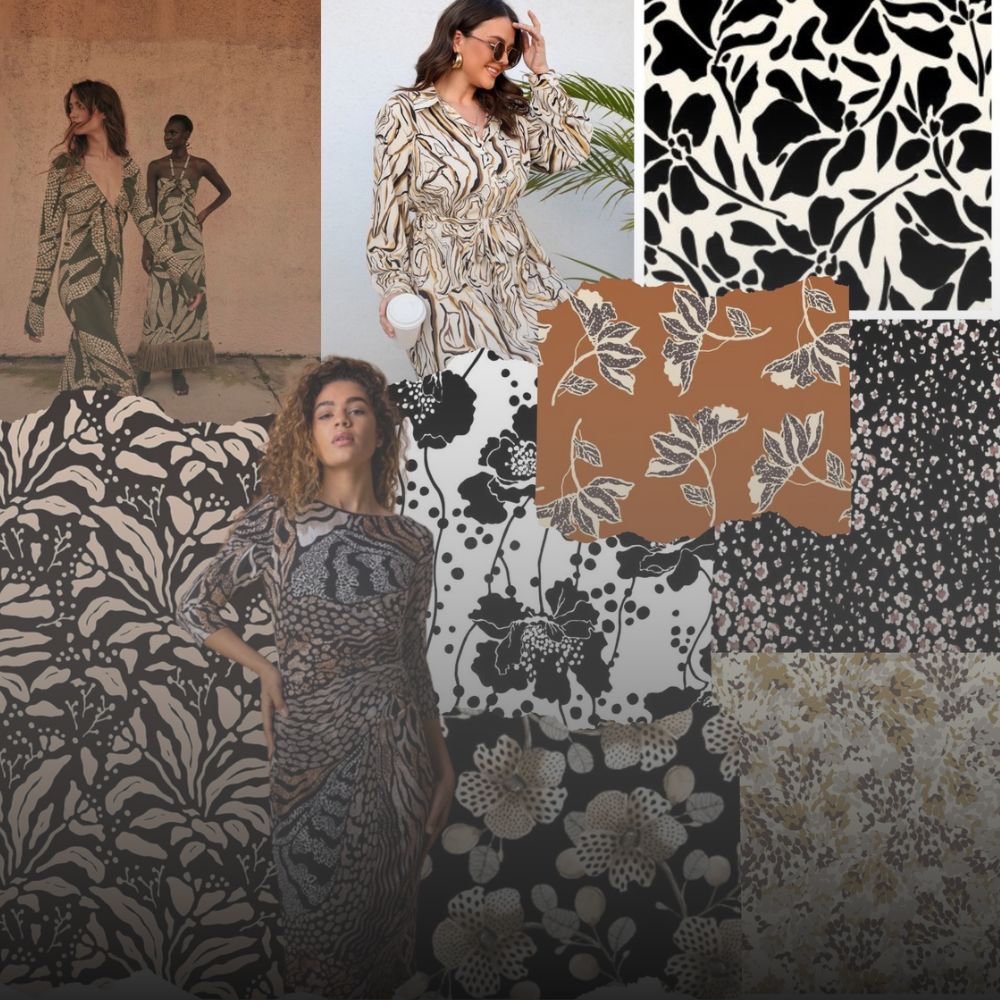
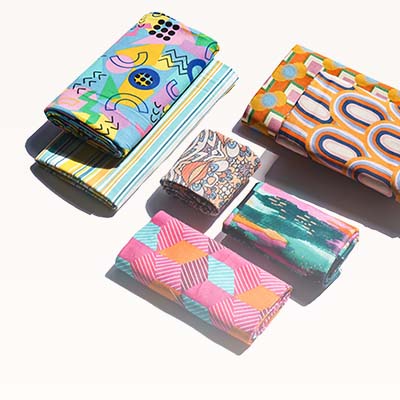
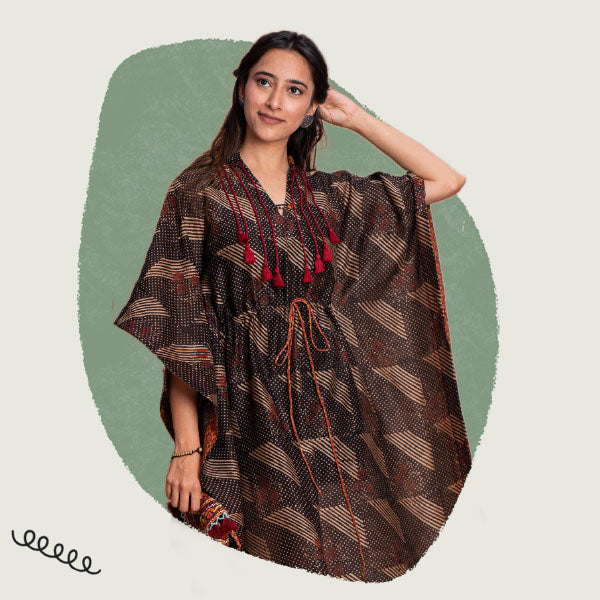

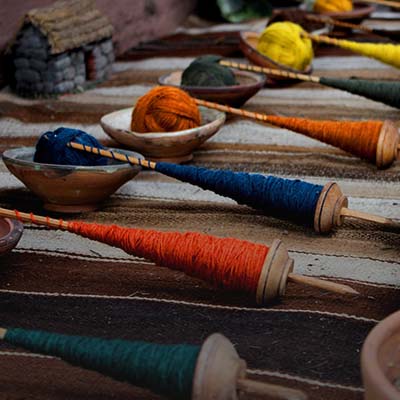



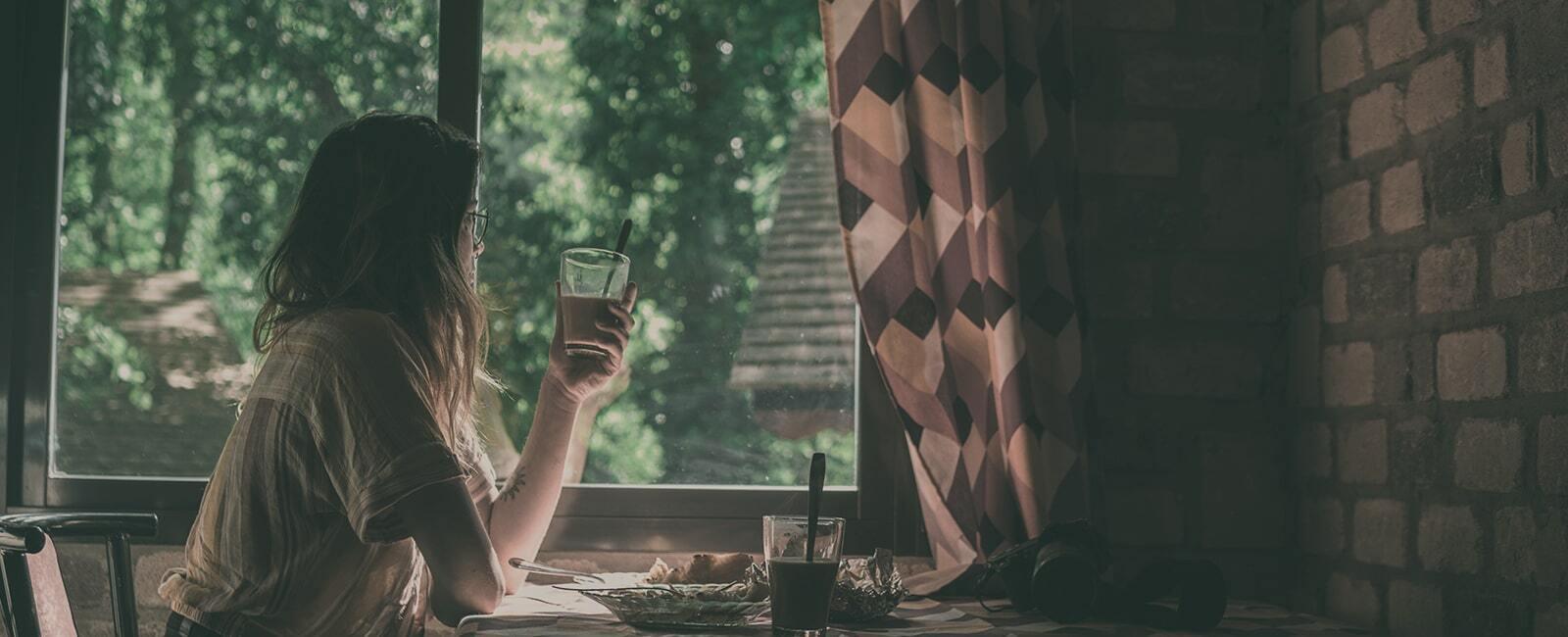
3 comments
Girija
Thanks for the information.
Gayathri Rao
Very informative!! Thanks
Justina
So your email was very helpful, thank you.
Leave a comment
All comments are moderated before being published.
This site is protected by reCAPTCHA and the Google Privacy Policy and Terms of Service apply.